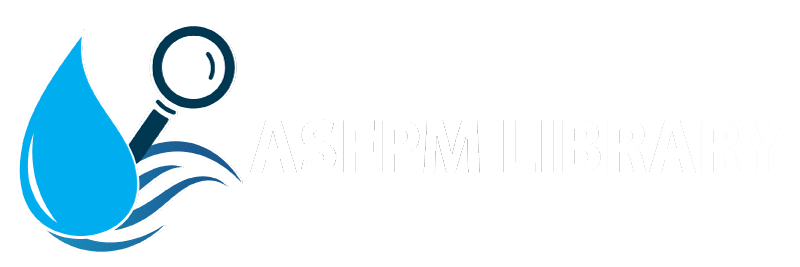A1 - New CRS Credits for Conservation and Recovery of Threatened and Endangered Species /
Material type: Computer filePublisher: 2021Description: VideoContent type:
Computer filePublisher: 2021Description: VideoContent type: - two-dimensional moving image
- video
- online resource
- none
| Item type | Current library | Call number | Status | Date due | Barcode | Item holds |
|---|---|---|---|---|---|---|
 Online Resources, E-resources
Online Resources, E-resources
|
ASFPM Library | none (Browse shelf(Opens below)) | Available |
FEMA worked collaboratively with the U.S. Fish and Wildlife Service and National Marine Fisheries Service to develop a plan to further the conservation of threatened and endangered species and designated critical habitats pursuant to Section 7(a)(1) of the Endangered Species Act (ESA). After several years of research, discussion, and pilot studies, FEMA developed new tools and two new CRS credits (effective with the 2021 CRS Coordinator’s Manual Addendum). The first tool is a FEMA.gov website, “Floodplains and Wildlife Conservation.” The website explains how communities can incorporate species and habitat conservation into floodplain management strategies and decisions; and also reviews the benefits to the community with several success stories. The second tool is FRESH (Flood Risk and Endangered Species Habitat), a Web-based mapping tool identifying species’ ranges and critical habitats within a community’s Special Flood Hazard Areas. FRESH shows communities which species they should address and where. The third tool is two new CRS credits, the Floodplain Species Assessment (FSA) and Floodplain Species Plan (FSP), which are credited under the natural floodplain functions plan element (NFP) in Activity 510 (Floodplain Management Planning). One credit is an assessment of ESA species with ranges and/or critical habitat in the community, how the species relate to the community’s floodplain, and what relevant activities the community is implementing that warrant CRS credit. The FSA takes advantage of the FRESH mapping tool. The second new credit encourages the community to leverage the FSA and to identify conservation and recovery actions that it could take to help priority ESA species. The new CRS credits are dependent on reviews with appropriate federal, state, and local natural resources agencies and organizations. The presentation will review the new tools and walk through the new CRS credits, including best practices to develop FSAs and FSPs by three pilot CRS communities.



There are no comments on this title.